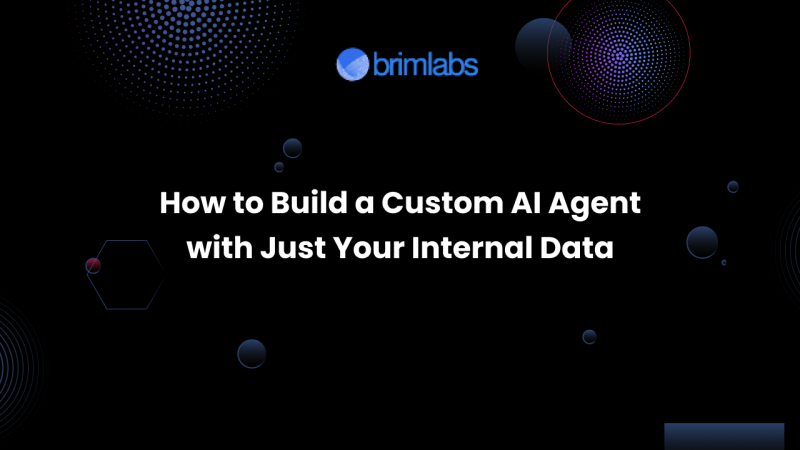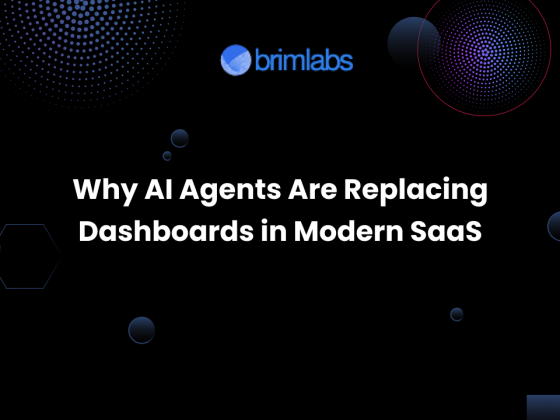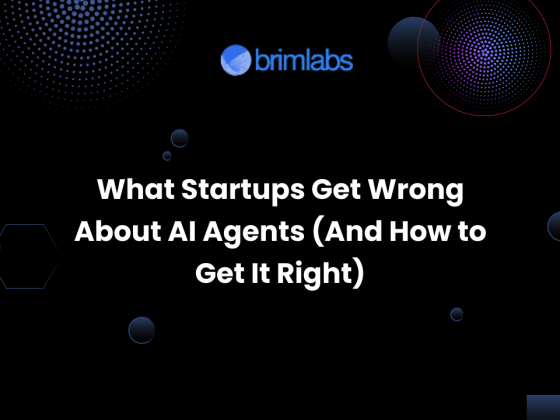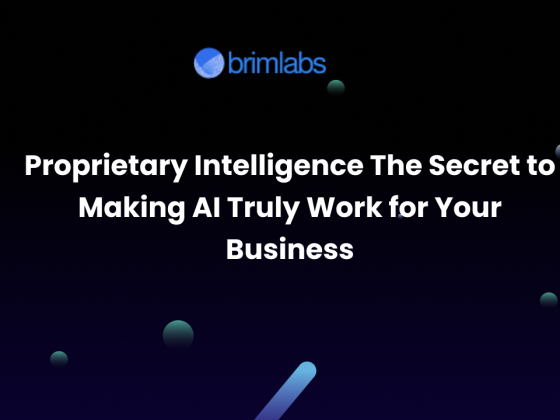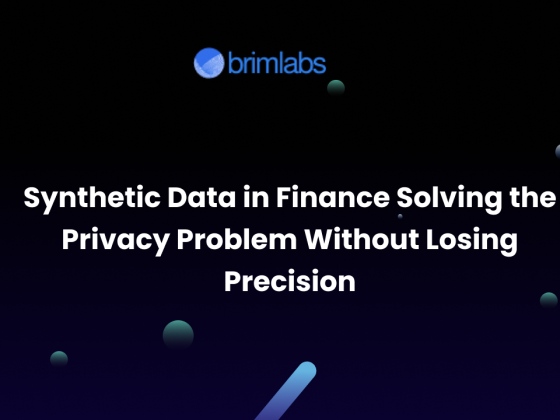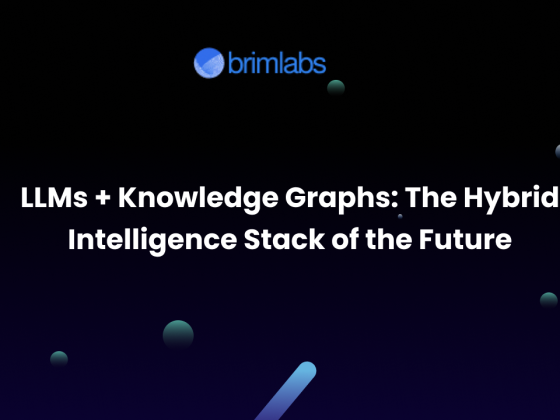You Don’t Need the Internet to Build a Smart AI Agent
When people think of AI agents, they picture tools powered by vast web-scale data. But the most useful AI agents are trained not on the internet, but on your company’s internal knowledge.
Whether it’s support documentation, Slack threads, CRM entries, or operational SOPs, your business already has the goldmine. The trick is transforming that data into a custom AI agent that answers questions, automates tasks, and enhances workflows across your team.
In this blog, we’ll walk through how to build your own AI agent using only internal data, without relying on external APIs or public datasets.
Why Use Only Internal Data?
Custom agents trained solely on your internal data are:
- Highly accurate: They operate within your domain language and business logic
- Secure and private: No risk of leaking sensitive data or relying on external APIs
- More trustworthy: They give grounded, explainable answers aligned with your processes
- Cost-efficient: Smaller, focused context windows mean faster inference and lower compute costs
This makes internal-data-only agents ideal for enterprise ops, SaaS products, customer support, legal automation, and knowledge-intensive workflows.
Step-by-Step: How to Build a Custom AI Agent with Internal Data
Step 1: Define the Agent’s Purpose
Before anything else, ask:
- What problem should the agent solve?
- Who will use it: internal teams, customers, or both?
- What kind of queries will it answer?
Example use cases:
- A support agent answering questions from your internal wiki
- A sales ops agent summarizing CRM insights
- An HR bot that answers policy-related queries from employees
Having a focused scope helps reduce hallucinations and improves reliability.
Step 2: Collect and Clean Your Internal Data
Aggregate data sources such as:
- Google Docs, Notion, Confluence
- Internal PDFs, training manuals
- Chat transcripts (Slack, Intercom, Zendesk)
- CRM notes, project docs, SOPs
Use tools like:
- LangChain loaders
- Unstructured.io
- Python scripts to scrape and normalize content
Clean the data by removing:
- Redundant information
- Outdated entries
- Unstructured formats (convert everything into text blocks)
Step 3: Chunk and Embed the Data
Your agent won’t read raw files. You need to chunk the content into manageable sizes and create vector embeddings that the agent can search through.
- Use chunking (200 to 500 words per block) with semantic overlap
- Convert chunks into embeddings using models like OpenAI Ada, Cohere, or Hugging Face sentence transformers
- Store them in a vector database like Pinecone, Weaviate, Chroma, or FAISS
Now your data is searchable based on meaning, not keywords.
Step 4: Build a RAG (Retrieval-Augmented Generation) Pipeline
Now the magic begins. Retrieval-Augmented Generation (RAG) lets your AI agent fetch only relevant context from your internal data and feed it to the LLM for accurate, grounded responses.
Set up a simple pipeline:
- User asks a question
- Query is embedded and matched against your vector database
- Top 3 to 5 relevant chunks are retrieved
- These are passed into the LLM prompt
- The agent generates a context-aware, company-specific answer
- Popular frameworks:
- LangChain
- LlamaIndex
- Semantic Kernel (Microsoft)
Step 5: Choose Your LLM
Use a foundation model that suits your privacy and latency needs:
- OpenAI (GPT-4, GPT-3.5) – easy to implement, strong reasoning
- Claude – context-friendly, helpful tone
- Mistral or LLaMA – self-hosted and open-source
- Groq or Together AI – ultra-fast inference if speed matters
If your data is niche (e.g. legal, biotech, policy), consider fine-tuning or instruction tuning a smaller model using your internal Q&A pairs.
Step 6: Add a Natural Language Interface
Your AI agent needs a frontend, something users can interact with.
Options include:
- Chat UI embedded in your product
- Slack or Teams bots
- WhatsApp / SMS agents
- Internal web dashboards
Use open-source UIs like BotPress, Streamlit, or Tars, or build a lightweight React/Next.js interface integrated with your backend RAG pipeline.
Step 7: Monitor, Improve, and Add Guardrails
Once live, monitor:
- Query patterns
- Accuracy and helpfulness
- Gaps or irrelevant responses
Add feedback loops so users can rate or flag answers.
Use tools like:
- Guardrails AI
- PromptLayer
- Traceloop
These help detect hallucinations and enforce safety, compliance, and tone alignment with your company standards.
Bonus: No-Code and Low-Code Options
If you’re a non-technical founder, tools like these let you build internal-data agents without writing much code:
- Glean or Hebbia – for internal enterprise search agents
- Zapier AI / Airtable AI – for workflow automation agents
- TypeDream + LangChain – for website-integrated AI agents
- Chatbase or CustomGPT.ai – upload docs and spin up a chat agent in minutes
Final Thoughts
You don’t need external APIs, big data, or massive budgets to build a useful AI agent. Everything you need is already sitting inside your company’s documents, chats, and tools.
At Brim Labs, we help SaaS founders and enterprise teams co-build secure, fast, and accurate AI agents trained only on their internal data. Whether it’s for sales, support, product, or HR, we craft agent experiences that feel personal, human, and business-aware.
Curious to explore how your own AI agent would work? Let’s build it together.

